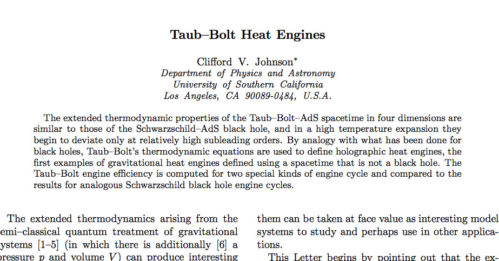Writing Hat!
Well, yesterday evening and today I’ve got an entirely different hat – SF short story writer! First let me apologize for faking it to all my friends reading who are proper short story writers with membership cards and so on. Let me go on to explain:
I don’t think I’m allowed to tell you the full details yet, but the current editor of an annual science fiction anthology got in touch back in February and told me about an idea they wanted to try out. They normally have their usual batch of excellent science fiction stories (from various writers) in the book, ending with a survey of some visual material such as classic SF covers, etc…. but this year they decided to do something different. Instead of the visual survey thing, why not have one of the stories be visual? In other words, a graphic novella (I suppose that’s what you’d call it).
After giving them several opportunities to correct their obvious error, which went a bit like this: […] Click to continue reading this post
















